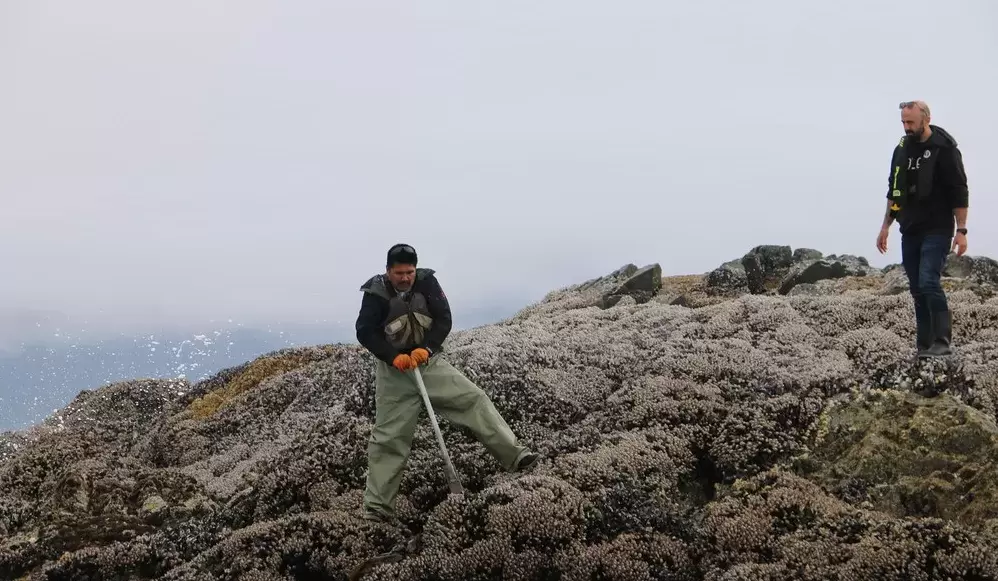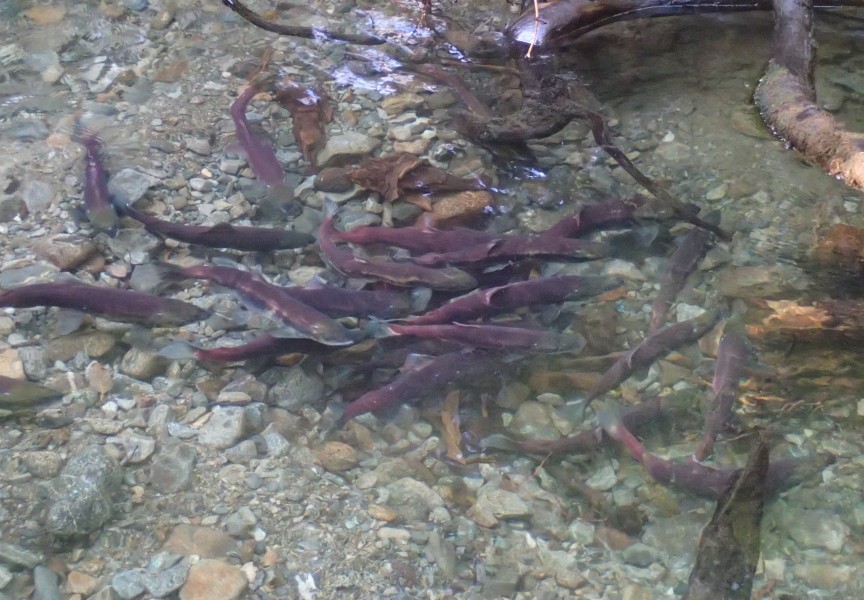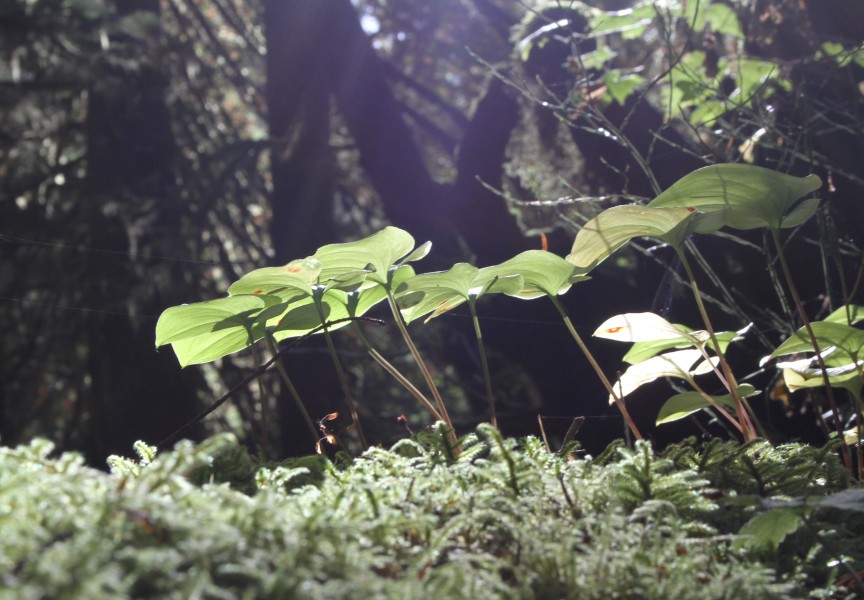At the Food Connections conference on Nov. 28 T’aaq-wiihak gave a presentation on the sustainability and ecology of gooseneck barnacles.
Gooseneck barnacles live attached to rocks in intertidal zones. They have hard plates that protect the body and organs, and a fleshy long stalk that attaches to the rocks. They are high in calories and packed with protein, and are known to taste like lobster or clam.
They have been apart of the Nuu-chah-nulth diet for centuries, but today they can’t be found in any grocery store. High end restaurants offer them as appetizers, sold as “percebes”, and prepared steamed in heavily salted water, with just a squeeze of lemon.
Jessica Edwards is a technician for T’aaq-wiihak, and is a master-level student with Simon Fraser University. She has been working with the team for around two years, and gave a presentation at Food Connections.
Edwards has been studying the regrowth pattern of the barnacles since she started at T’aaq-wiihak, and has closely monitored five rocks, or plots, that have gooseneck barnacles living on it just off the Tofino coast. It is considered to be quite dangerous, though. Harvesters have to hop onto the slippery rocks, and it is only accessible for a few hours while the tide is low.
“There’s not any possible way I could have done this without the help of traditional harvesters,” she says, “they have decades of traditional knowledge to share.”
Edwards’ research on the barnacles and their natural regrowth pattern echoes a lot of the traditional knowledge. Because gooseneck barnacles need to still be alive before being sold, how they get harvested off of the rock is very important. It isn’t just the mussel that gets harvested, the acorn barnacles are picked as well. The acorn barnacles have to be pried up off of the rock, otherwise the gooseneck will rupture and die.
“They haven’t quite made it on to the seafood radar yet,” Edwards says, “which is a shame…they are a delicious marine protein.”
With Edwards’ study on their regrowth rate and recovery time, gooseneck barnacles could become a deliciously sustainable seafood snack.







